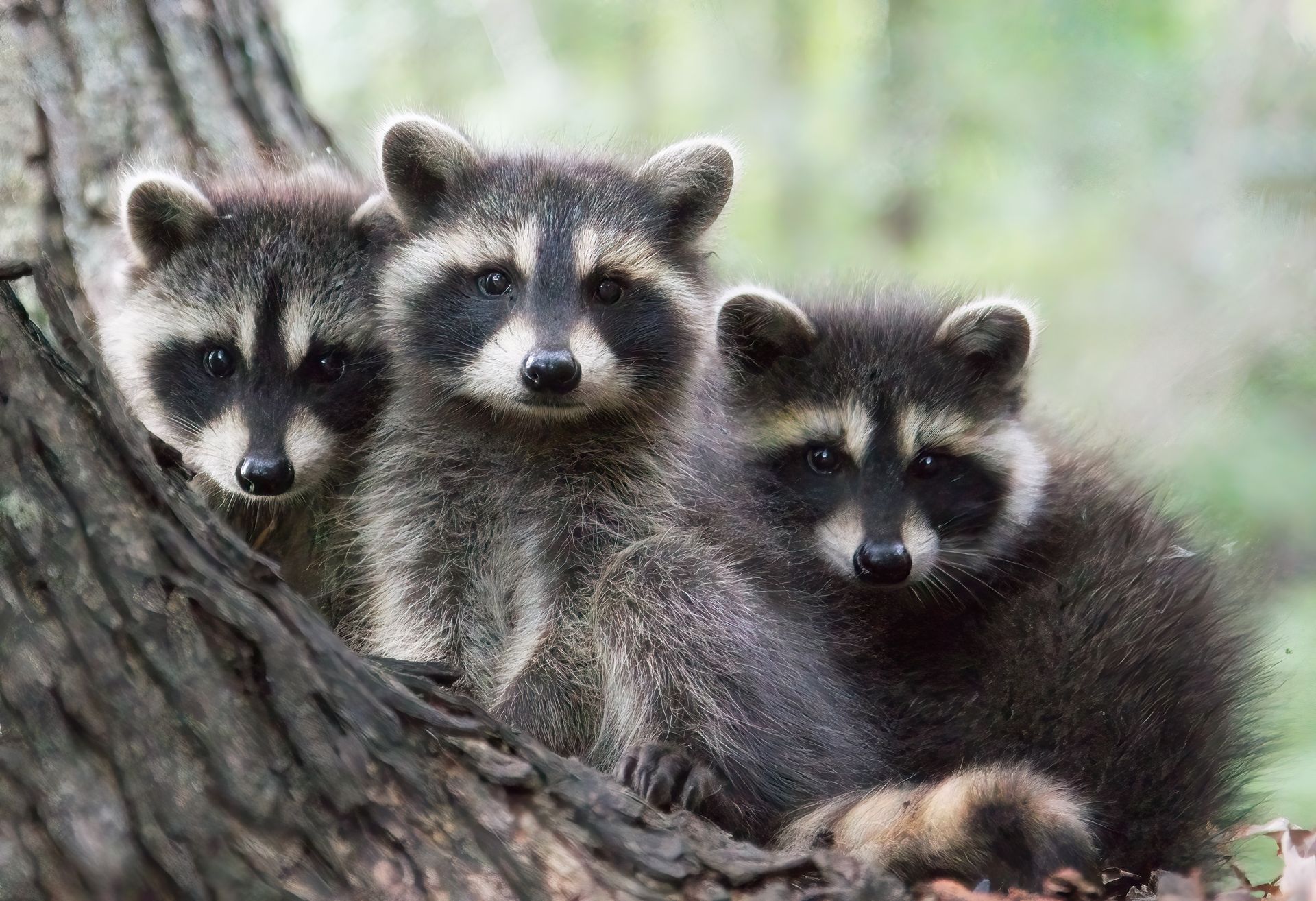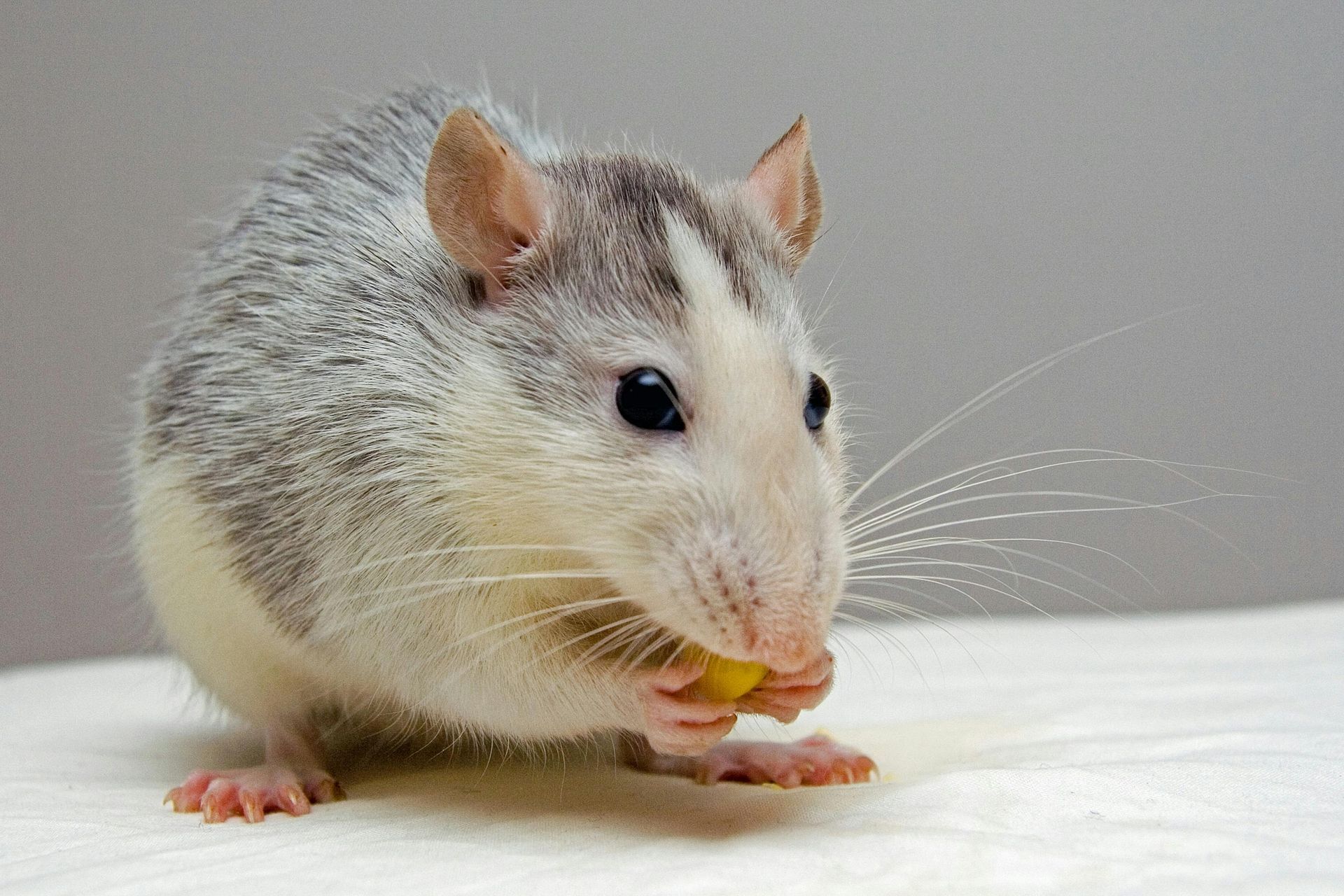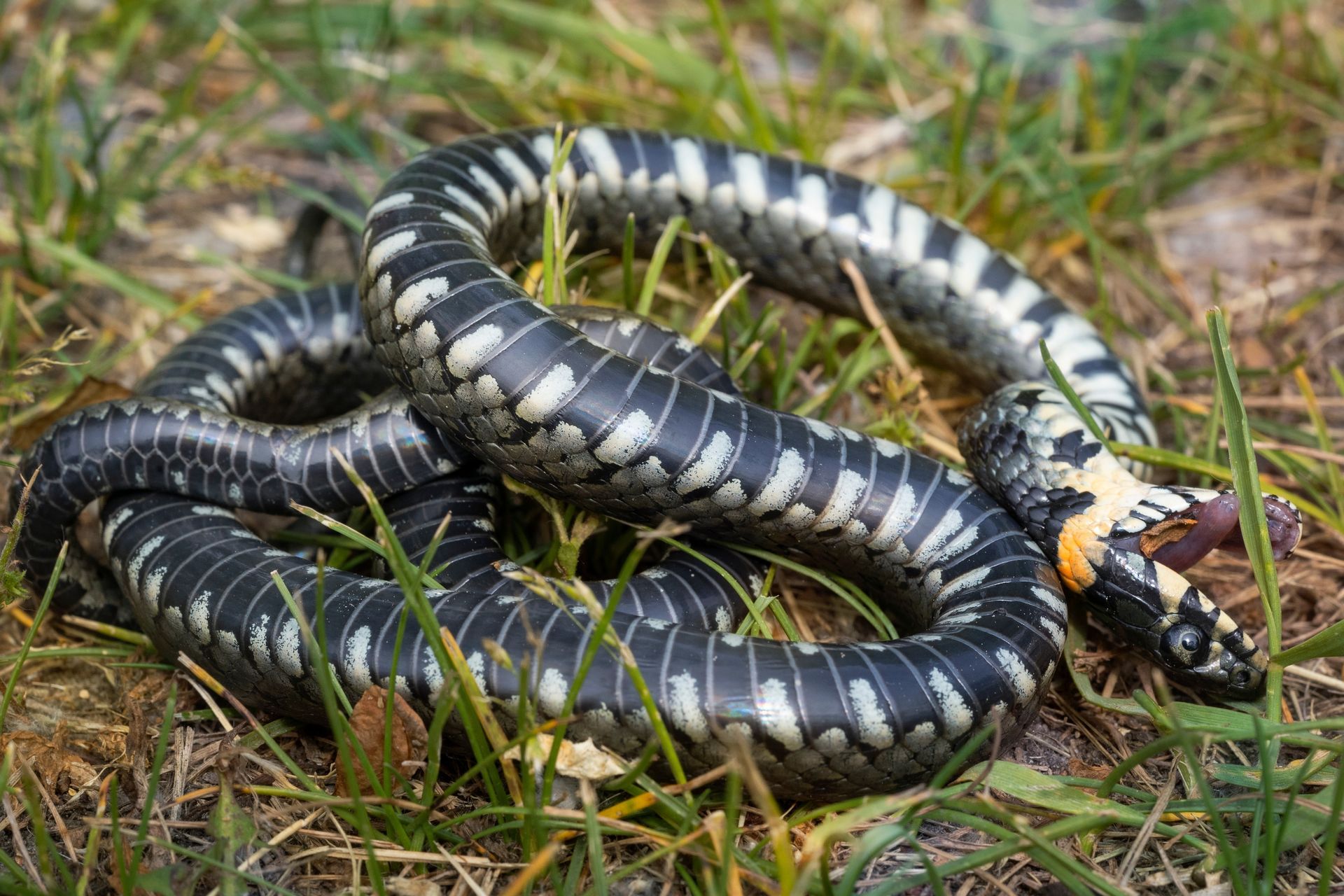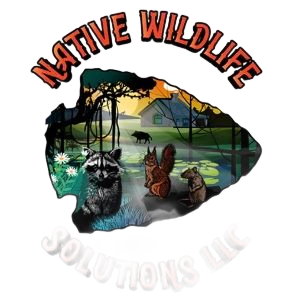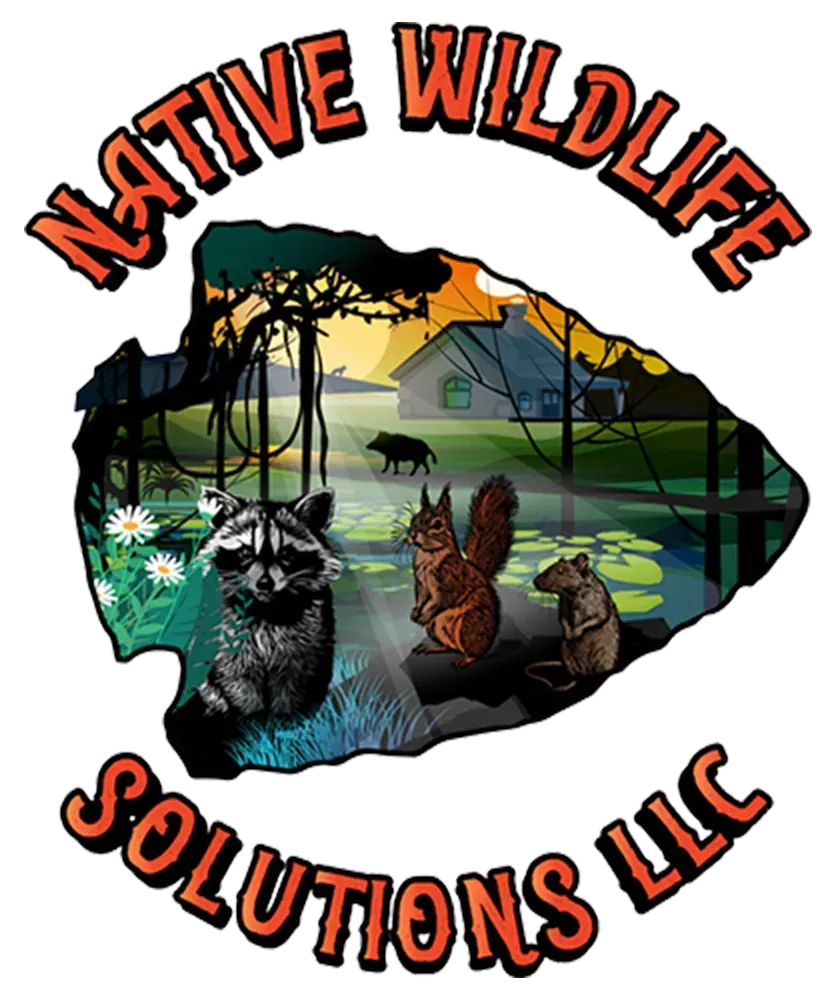Seasonal Wildlife Patterns in Florida: What to Expect and When
Florida's diverse ecosystems and subtropical climate make it a haven for a wide array of wildlife. In New Port Richey and the surrounding areas, understanding the seasonal behaviors of local fauna is essential for homeowners and outdoor enthusiasts alike. This knowledge not only enhances wildlife appreciation but also aids in proactive measures to prevent unwanted animal encounters.
Spring (March–May): Awakening of Wildlife
As temperatures rise and daylight increases, Florida's wildlife becomes more active.
- Bird Migration: Spring marks the return of migratory birds. Species such as the American redstart and black-and-white warbler pass through or settle in Florida for breeding.
- Manatee Movement: Manatees begin migrating from warm springs back to coastal waters. Boaters should adhere to speed zones to protect these gentle giants.
- Alligator Activity: Alligators become more visible as they search for mates. Mating season peaks in May, leading to increased territorial behavior.
- Sea Turtle Nesting: Sea turtles start nesting on Florida's beaches. It's crucial to keep beaches dark and obstacle-free at night to aid hatchlings' journey to the sea.
Summer (June–August): Peak Activity and Reproduction
The summer months bring intense heat and frequent rain, influencing wildlife behavior.
- Reptile Reproduction: Snakes and lizards are more active, with many species breeding during this time. Homeowners may notice increased sightings in yards and gardens.
- Insect Surge: Mosquitoes and ticks thrive in the humid conditions. Protecting pets and using repellents is advised.
- Bird Nesting: Many bird species, including herons and egrets, are in nesting mode. Observing from a distance ensures minimal disturbance.
Fall (September–November): Preparation and Migration
As temperatures begin to cool, wildlife prepares for the upcoming winter.
- Bird Migration: Florida serves as a critical stopover for migratory birds heading south. Raptors, such as hawks and falcons, are commonly seen during this period.
- Mammal Foraging: Animals like raccoons and squirrels intensify foraging to build fat reserves. This can lead to increased activity around human dwellings.
- Alligator Dormancy: Alligator activity decreases as they prepare for brumation, a hibernation-like state.
Winter (December–February): Seeking Warmth
Florida's mild winters still prompt significant wildlife behavior changes.
- Manatee Congregation: Manatees gather in warm-water springs, such as those in Crystal River, offering unique viewing opportunities.
- Bird Watching: Winter attracts a variety of bird species, making it a prime time for birdwatching enthusiasts.
- Rodent Intrusion: Rodents seek shelter from cooler temperatures, often entering homes. Sealing entry points is essential to prevent infestations.
Tips for Homeowners in New Port Richey
Understanding these seasonal patterns can help residents mitigate unwanted wildlife encounters:
- Secure Trash: Use wildlife-proof containers to deter raccoons and bears.
- Seal Entry Points: Regularly inspect and seal gaps in roofs, walls, and foundations to prevent animal entry.
- Landscape Management: Trim trees and shrubs away from the house to reduce access points for climbing animals.
- Educate Family Members: Teach children about local wildlife and the importance of not feeding or approaching wild animals.
At Native Wildlife Solutions, we specialize in humane and effective wildlife removal services tailored to the unique challenges of New Port Richey and the surrounding areas. Our team is equipped to handle seasonal wildlife issues, ensuring the safety of both residents and animals.
For assistance or more information, call us at
(727) 277-5831.
